The Duke of Clarence did not make life easy for anyone, least of all himself, he was self centered, treacherous, a turncoat and eventually a groveler when he realised that his previous actions were going to cost him his life. Clarence's execution took place in private, on the 18th February 1478. It is commonly thought that he went to a death of his own choosing, probably beheading, but those who believe that remains of a body, with the head intact, that lies at Tewkesbury Abbey is Clarence would disagree on that point I think. The most famous tale of his death, however, is by drowning in a barrel of red wine.
It is a particular set of remains that lie in the vault of Tewkesbury Abbey that are said to belong to George and his wife Isabel Neville. The Duke of Clarence received the manor of Tewkesbury when he married Isabel. In 1439 it had passed down through the Beauchamp family and then had passed to the Nevilles from Anne, Countess of Warwick. On George's death, it passed to his son, but eventually, it was returned to the countess and partially held by her until her death in 1490 when it was made over to the crown.
"between the burial of George of Clarence and Alderman Hawling there had been the Dissolution of the Monasteries. Henry VIII had every intention of stripping the Abbey of everything of value and then leaving it to fall into decay. This was averted when the townspeople bought the abbey from the crown. However, before the purchase Henry's henchmen would have stripped out anything of value and the vault had been ransacked. It was at this point that the coffins of George and Isabel, especially if the were decorated with gold or silver plates or handles, could have been opened and the bodies removed."
Poor "false, fleeting, perjur'd Clarence's" remains would lie undisturbed for the next one hundred and fifty years. At some point, the bones, taken to be that of Clarence and Isabel, were removed for examination and 'cleaning.' What was found were:
'Two separate partial skeletons in poor condition. The male skeleton consisted of most of the leg and hip bone, the upper left arm, left shoulder and upper part of the skull. The man had what amounted to mild arthritic changes and a degree of cranial closure consistent with the late middle age 40 - 60 years. His height was approximately 5ft 3ins. The female remains consisted of almost the entire legs minus the feet, hips, upper and half of the lower right arm and the upper skull. Examination found advanced localised osteoarthritis and a degree of suture obliteration of the skull which suggests an age between 50 - 70 years. The height was approximately 5ft 4ins.'
The examined remains were replaced with the glass case.
All human remains within the vault are known to have been thrown about by Henry VIII's lackeys probably in an effort to destroy any Plantagenet relics or they were unceremoniously scattered when the vault was searched for anything of value.
We know that Clarence held the manor of Tewkesbury on his death, so there is little doubt that both his and Isabel's remains both lie in the Abbey, but I would say that the remains you see in the glass box are not those of George Duke of Clarence and Isabel Neville. The chances of correctly collecting two whole skeletons are slim, to say the least. If the boxed dis-articulated remains are not of the Duke of Clarence then perhaps the remains that were exhumed from the Tower of London and taken to lie in Tewkesbury Abbey might be, but that's just speculation, it has never been proved that either set of remains belongs the Clarence.
What is left of George Duke of Clarence is destined to spend eternity as his brother King Richard III had one done, lost to us.
It is a sad end to a sorry affair
meanderingthroughtime.weebly.com/wars-of-the-roses-blog/1487-the-trial-and-execution-of-george-duke-of-clarence
http://meanderingthroughtime.weebly.com/blog/1674-the-remains-of-the-princes-in-the-tower
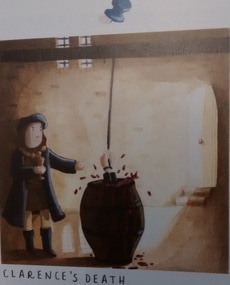
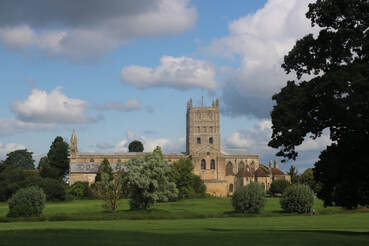
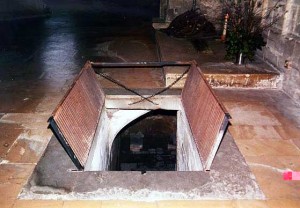
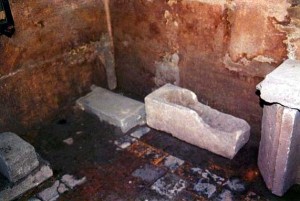
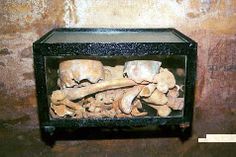

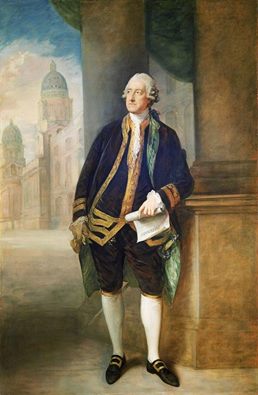
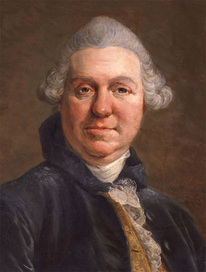
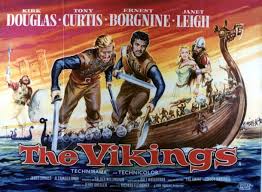
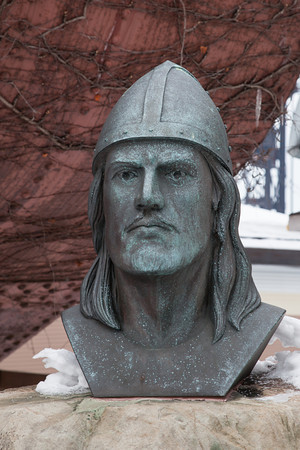
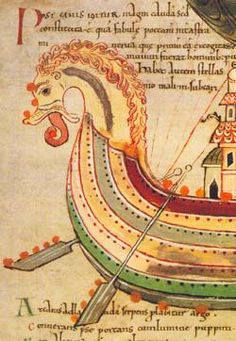
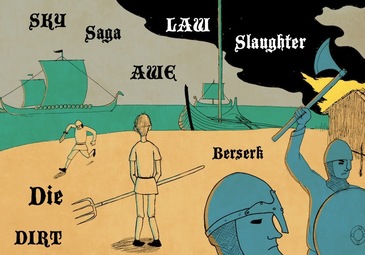
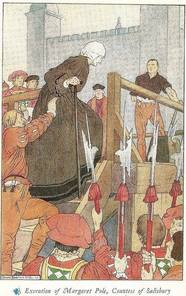
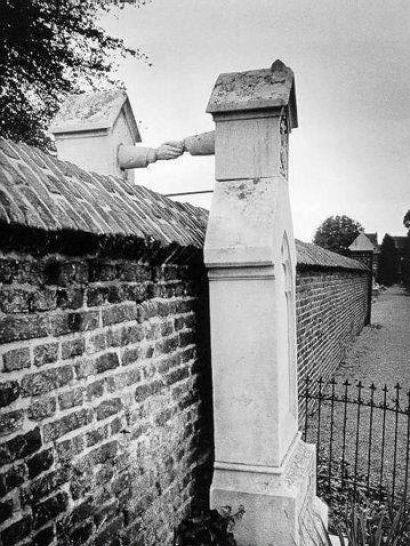
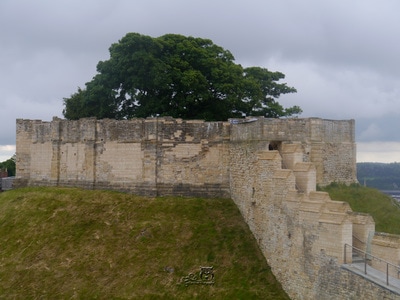
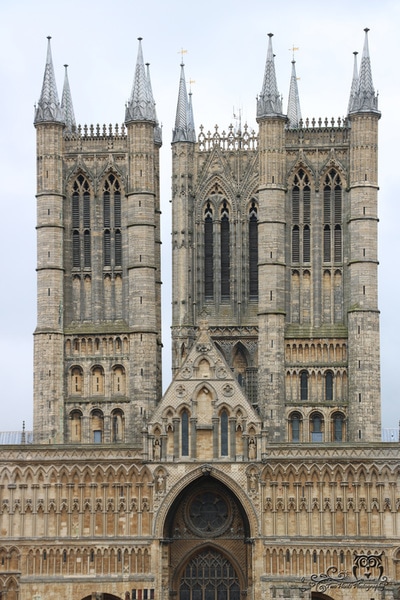
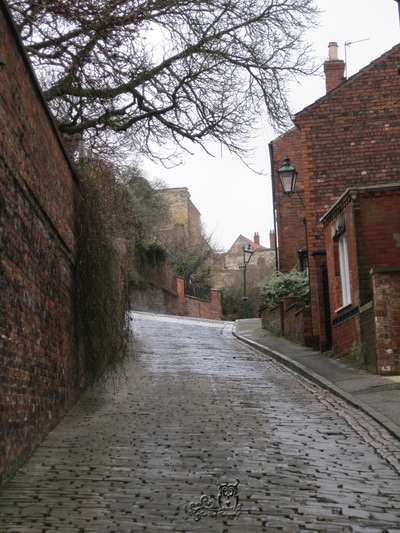
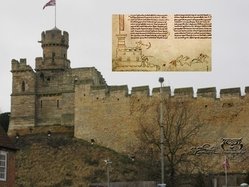
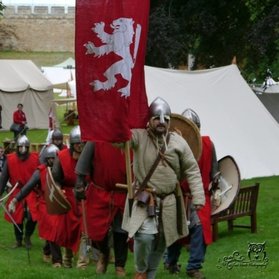
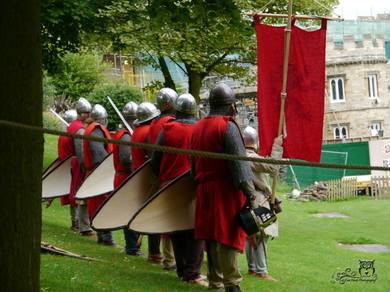

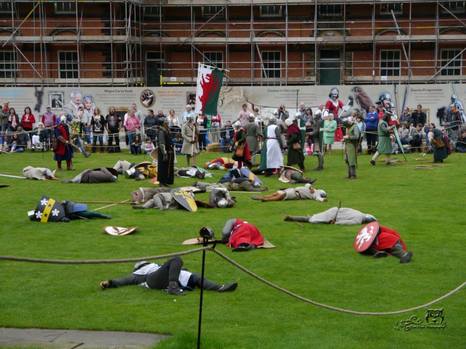
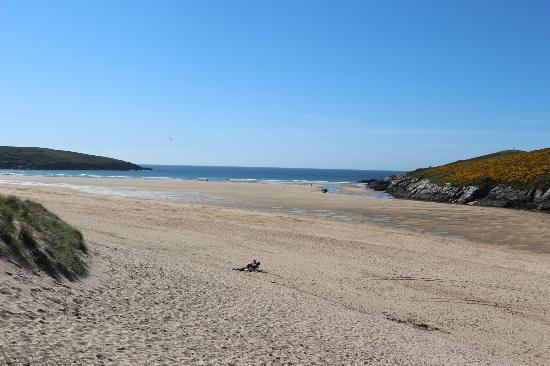
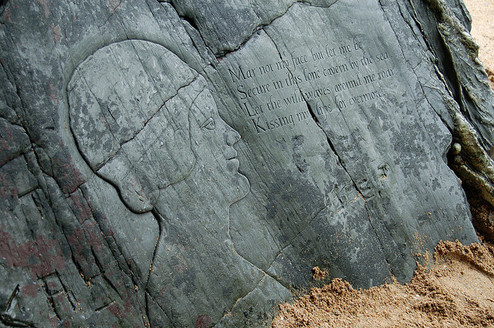
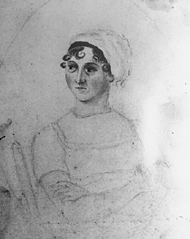

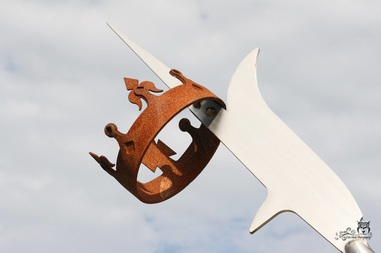
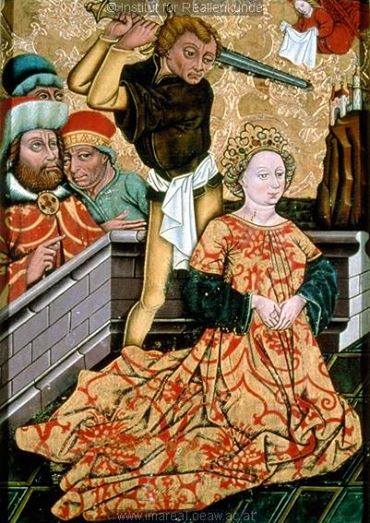
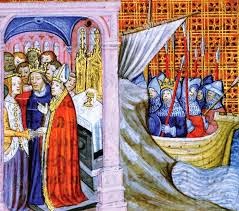
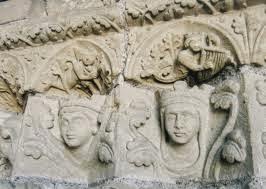
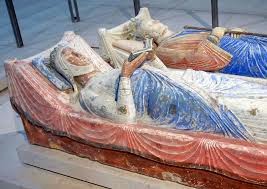

 RSS Feed
RSS Feed
